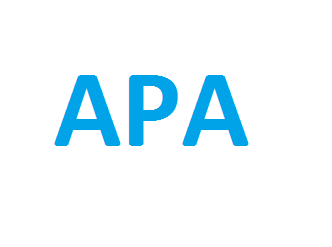
The Academic Perspective Procedia publishes Academic Platform symposiums papers as three volumes in a year. DOI number is given to all of our papers.
Publisher : Academic Perspective
Journal DOI : 10.33793/acperpro
Journal eISSN : 2667-5862
Carbonization Temperature Effect over Activated Carbon Porosity Derived from Industrial Processing Waste
Hasan Sayğılı
1148
506
Abstract
The influence of carbonization temperature (CT) on pore properties of the prepared activated carbon using lentil processing waste product (LWP) impregnated with potassium carbonate was studied. Activated carbons (ACs) were obtained by impregnation with 3:1 ratio (w/w) K2CO3/LWP under different carbonization temperatures at 600, 700, 800 and 900 oC for 1h. Activation at low temperature represented that micropores were developed first and then mesoporosity developed, enhanced up to 800 oC and then started to decrease due to possible shrinking of pores. The optimum temperature for LWP was found to be around 800 oC on the basis of total pore volume and the Brunauer-Emmett-Teller (BET) surface area. The optimum LWPAC sample was found with a CT of 800 oC, which gives the highest BET surface area and pore volume of 1875 m2/g and 0.995 cm3/g, respectively.
Keywords:
Lentil processing waste product, activated carbon, carbonization temperature, porosity
References
[1] Marsh H, Rodriguez-Reinoso F. Activated Carbon. 3st ed. Elsevier Science, 2006.
[2] Bandosz TJ. Activated Carbon Surfaces in Environmental Remediation. Elsevier Science,2006.
[3] Üner O, Bayrak Y. The effect of carbonization temperature, carbonization time andimpregnation ratio on the properties of activated carbon produced from Arundo donax.Microporous Mesoporous Mater 2018;268:225-34.
[4] Gonçalves M, Castro CS, Boas IKV, Soler FC, Pinto EC, Lavall RL, Carvalho WA.Glycerin waste as sustainable precursor for activated carbon production: Adsorptionproperties and application in supercapacitors. J Environ Chem Eng 2019;7:103059-69.
[5] Sayğılı H, Sayğılı GA. Optimized preparation for bimodal porous carbon from lentilprocessing waste by microwave-assisted K2CO3 activation: Spectroscopic characterizationand dye decolorization activity. J Clean Prod 2019;226:968-76.
[6] Yahya MA, Al-Qodah Z, Ngah CZ. Agricultural bio-waste materials as potentialsustainable precursors used for activated carbon production: A review. Renew SustainEnergy Rev 2015;46:218-35.
[7] Lua AC, Lau FY, Guo J. Influence of pyrolysis conditions on pore development of oilpalm-shell activated carbons. J Anal Appl Pyrolysis 2006;76:96-102.
[8] Zhou L, Yu Q, Cui Y, Xie F, Li W, Li Y, Chen M. Adsorption properties of activatedcarbon from reed with a high adsorption capacity. Ecol Eng 2017;102:443-450.
Cite
-
 %0 Academic Perspective Procedia (ACPERPRO) Carbonization Temperature Effect over Activated Carbon Porosity Derived from Industrial Processing Waste% A Hasan Sayğılı% T Carbonization Temperature Effect over Activated Carbon Porosity Derived from Industrial Processing Waste% D 11/22/2019% J Academic Perspective Procedia (ACPERPRO)% P 1205-1209% V 2% N 3% R doi: 10.33793/acperpro.02.03.133% U 10.33793/acperpro.02.03.133
%0 Academic Perspective Procedia (ACPERPRO) Carbonization Temperature Effect over Activated Carbon Porosity Derived from Industrial Processing Waste% A Hasan Sayğılı% T Carbonization Temperature Effect over Activated Carbon Porosity Derived from Industrial Processing Waste% D 11/22/2019% J Academic Perspective Procedia (ACPERPRO)% P 1205-1209% V 2% N 3% R doi: 10.33793/acperpro.02.03.133% U 10.33793/acperpro.02.03.133
© Academic Perspective 2018. All rights reserved.




